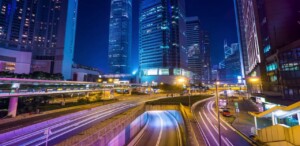The future starts
from what we do today
to better what was left unfinished yesterday.
Today, humankind needs to move around more safely and in a more sustainable way, and all the technological means are there to make this possible. The current revolution of technology and thought will change the way we live and travel.
Vehicle electrification, shared mobility, self-driving cars and connected mobility will transform mobility from how we know it.
 Vision and values
Vision and values Eldor logo
Eldor logo Overview
Overview Eldor's story
Eldor's story Eldor in the world
Eldor in the world President
President Overview
Overview CO2 Reduction
CO2 Reduction Electrification
Electrification Urban E-Mobility
Urban E-Mobility Energy
Energy Overview
Overview The President’s statement
The President’s statement Work with us
Work with us Eldor Academy
Eldor Academy Corporate social responsibility
Corporate social responsibility Overview
Overview Mobility
Mobility AI/Robotization
AI/Robotization Smart materials
Smart materials Clean energy
Clean energy Defect free factory
Defect free factory
